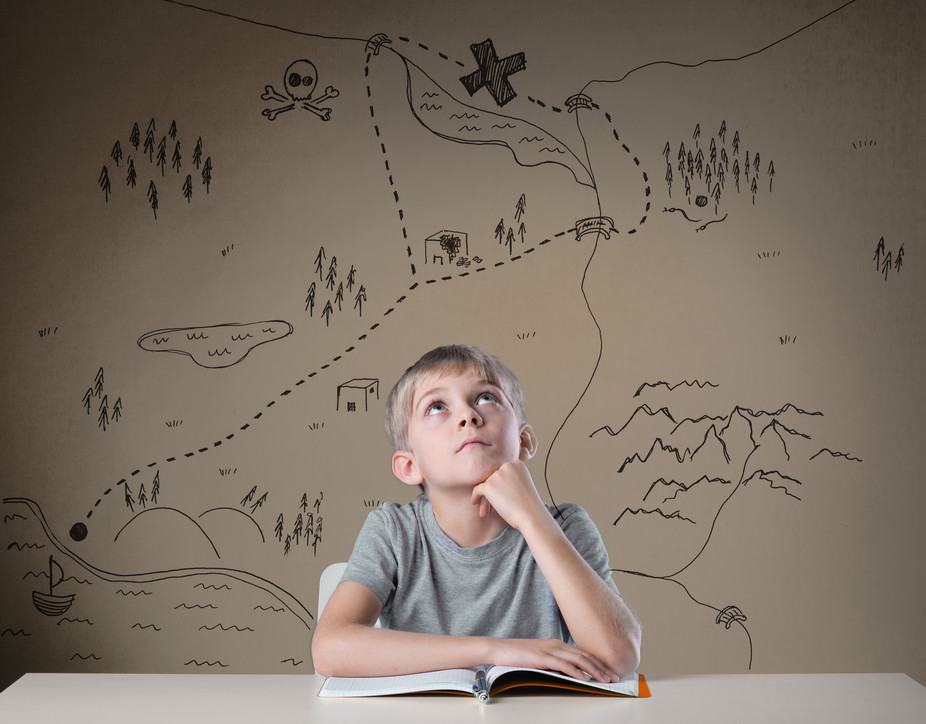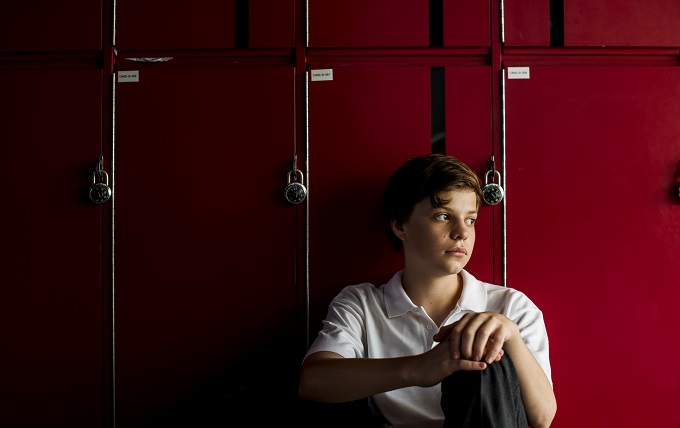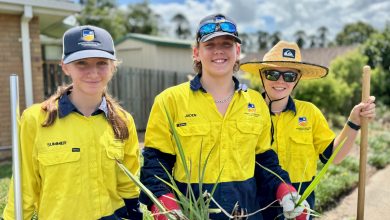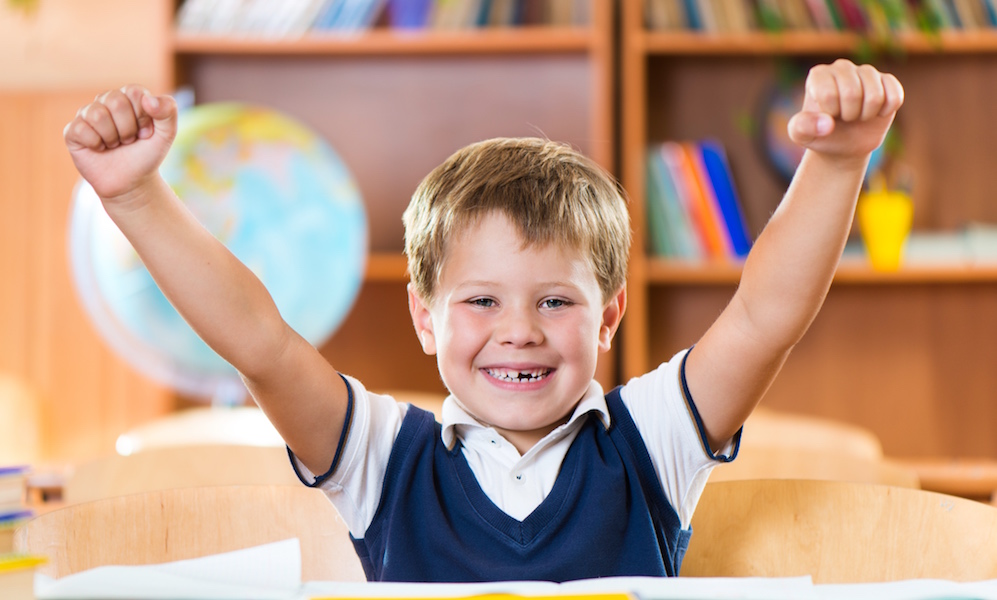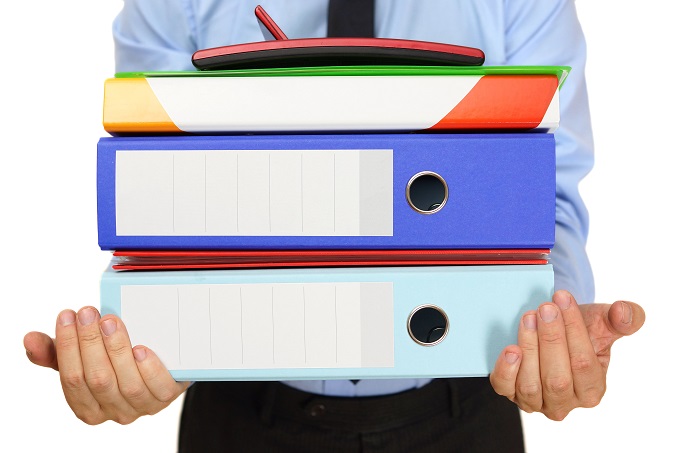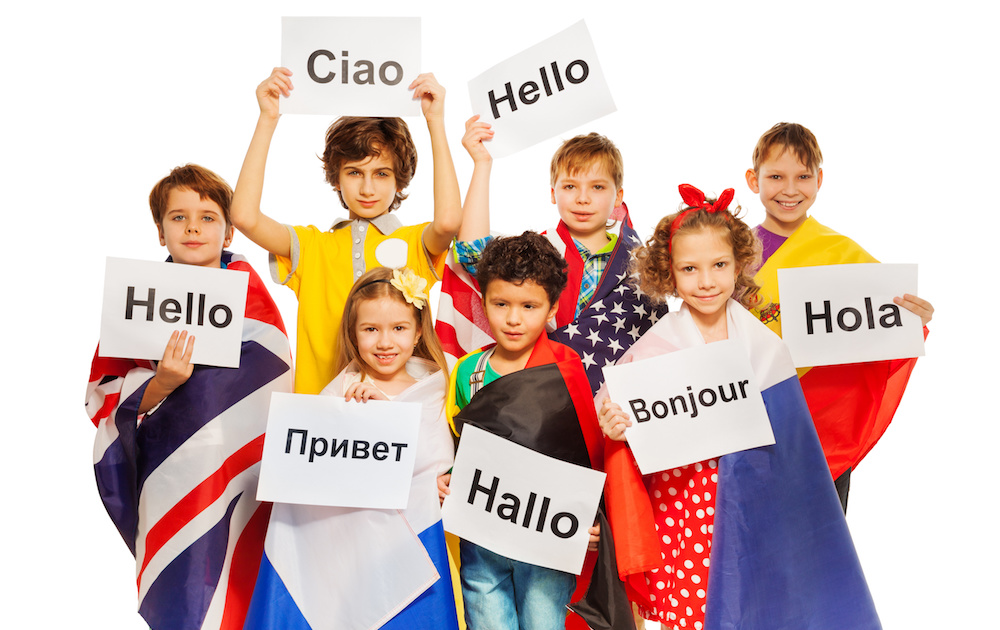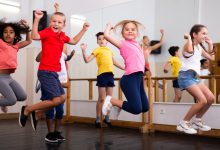
The Federal Government says First Nations students from remote communities in Central Australia will have greater access to quality education, with $18 million from the Federal Government’s Central Australia Boarding Response Fund being made available to three Alice Springs schools.
Yirara College will be offered up to $10 million and St Philip’s College up to $1.7 million to upgrade existing facilities, while Yipirinya School will be offered up to $6.3 million for a new boarding facility, providing greater capacity to accommodate students in the region.
Read the latest print edition of School News HERE
Minister for Indigenous Australians, Senator Malarndirri McCarthy, said: “For many First Nations students in Central Australia, boarding school is their only option to engage in education, so it’s important to ensure the right facilities are available to give them the best chance of success.
“This funding will provide more opportunities for First Nations young people in remote communities to access quality education, increasing participation, attendance and retention in Central Australian schools.”
Independent Schools Australia (ISA) welcomed the announcement, describing it as a significant step, however it emphasised the need for more long-term support to address the broader needs of Aboriginal and Torres Strait Islander students from remote communities.
ISA CEO Graham Catt reiterated calls for broader action to ensure Indigenous boarding students across the country receive the resources they need.
“These three Independent schools are doing critical work to support Indigenous students, providing both education and creating culturally safe environments where they can thrive,” Mr. Catt said.
“While today’s capital grants announcement is a welcome boost for school infrastructure, there is more to be done. What these schools and other indigenous boarding schools across Australia need most is a long-term commitment to funding that supports students’ academic, emotional, and cultural needs.”
Executive Director of the Association of Independent Schools of the Northern Territory (AISNT), Cheryl Salter emphasised the importance of ongoing support.
“Yirara College, St Philip’s, and Yipirinya are lifelines for Indigenous students, providing more than just education. These schools offer essential pastoral care and cultural support for students from some of the most remote parts of Australia. While today’s announcement is a great start, we need sustained funding solutions to ensure these students continue to have access to these vital services.”
Announced in March 2024, the Central Australia Boarding Response Fund was established following a review of boarding schools in Central Australia by the Commonwealth and Northern Territory Governments last year.
Community stakeholders including the Central Australian Aboriginal Leadership Group and the Central Australian Regional Controller were consulted and expressed the need for greater boarding capacity. Boarding providers then participated in an open and competitive grants process to apply for funding.
No money was allocated in the 2024 Budget to extend the Indigenous Boarding Providers Grant program, placing financial pressure and uncertainty on many Indigenous boarding schools. Without a long-term funding solution, these schools may face challenges in delivering the full range of services necessary for student success.

